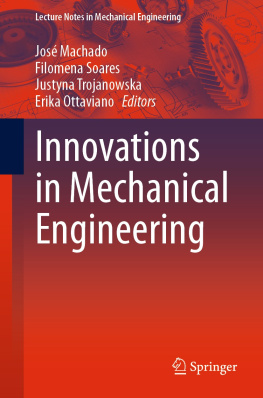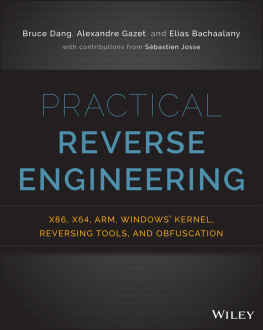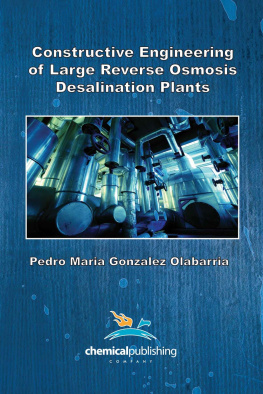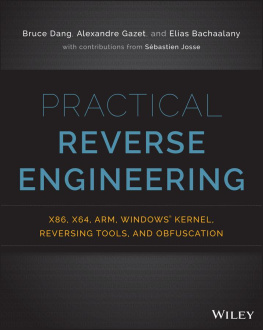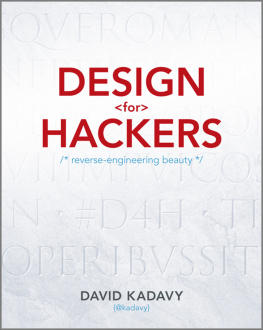Can a physicist visualize an electron? The electron is materially inconceivable and yet, it is so perfectly known through its effects that we use it to illuminate our cities, guide our airlines through the night skies, and take the most accurate measurements. What strange rationale makes some physicists accept the inconceivable electrons as real while refusing to accept the reality of a Designer on the ground that they cannot conceive Him?
WERNHER VON BRAUN
in a letter to the California State Board of Education, September 11, 1972
Dr. Wernher von Braun (19121977), German rocket scientist, aerospace engineer, and space architect, directed the U.S. space program from the Marshall Space Center of NASA, Huntsville, Alabama, from 1950 to 1972.
Cover: The background image is the most recent diagram depicting the gears that constituted the Antikythera mechanism, discovered in the wreck of a first century BC Greek cargo ship off the small Greek island of Antikythera in the Aegean Sea in 1900. Deduced by mathematician Dr. Tony Freeth and his associates as part of the Antikythera Mechanism Research Project for which Dr. Freeth is a principal, this refinement on the gear system originally put forth by Professor Derek de Solla Price in 1974 in his Gears of the Greeks was the result of clever reverse engineering from high-resolution x-ray images taken of a large corroded lump of brass, together with a great deal of mathematical expertise. Permission for use of the 2012 image was granted by Tony Freeth, Managing Director, Images First Ltd.

Copyright 2014 by McGraw-Hill Education. All rights reserved. Except as permitted under the United States Copyright Act of 1976, no part of this publication may be reproduced or distributed in any form or by any means, or stored in a data base or retrieval system, without the prior written permission of the publisher.
ISBN: 978-0-07-182466-8
MHID: 0-07-182466-9
The material in this books also appears in the print version of this title: ISBN: 978-0-07-182516-0, MHID: 0-07-182516-9.
eBook conversion by codeMantra
Version 1.0
All trademarks are trademarks of their respective owners. Rather than put a trademark symbol after every occurrence of a trademarked name, we use names in an editorial fashion only, and to the benefit of the trademark owner, with no intention of infringement of the trademark. Where such designations appear in this book, they have been printed with initial caps.
McGraw-Hill Education books are available at special quantity discounts to use as premiums and sales promotions or for use in corporate training programs. To contact a representative, please visit the Contact Us pages at www.mhprofessional.com.
Information contained in this work has been obtained by McGraw-Hill Education from sources believed to be reliable. However, neither McGraw-Hill Education nor its authors guarantee the accuracy or completeness of any information published herein, and neither McGraw-Hill Education nor its authors shall be responsible for any errors, omissions, or damages arising out of use of this information. This work is published with the understanding that McGraw-Hill Education and its authors are supplying information but are not attempting to render engineering or other professional services. If such services are required, the assistance of an appropriate professional should be sought.
TERMS OF USE
This is a copyrighted work and McGraw-Hill Education and its licensors reserve all rights in and to the work. Use of this work is subject to these terms. Except as permitted under the Copyright Act of 1976 and the right to store and retrieve one copy of the work, you may not decompile, disassemble, reverse engineer, reproduce, modify, create derivative works based upon, transmit, distribute, disseminate, sell, publish or sublicense the work or any part of it without McGraw-Hill Educations prior consent. You may use the work for your own noncommercial and personal use; any other use of the work is strictly prohibited. Your right to use the work may be terminated if you fail to comply with these terms.
THE WORK IS PROVIDED AS IS. McGraw-Hill Education AND ITS LICENSORS MAKE NO GUARANTEES OR WARRANTIES AS TO THE ACCURACY, ADEQUACY OR COMPLETENESS OF OR RESULTS TO BE OBTAINED FROM USING THE WORK, INCLUDING ANY INFORMATION THAT CAN BE ACCESSED THROUGH THE WORK VIA HYPERLINK OR OTHERWISE, AND EXPRESSLY DISCLAIM ANY WARRANTY, EXPRESS OR IMPLIED, INCLUDING BUT NOT LIMITED TO IMPLIED WARRANTIES OF MERCHANTABILITY OR FITNESS FOR A PARTICULAR PURPOSE. McGraw-Hill Education and its licensors do not warrant or guarantee that the functions contained in the work will meet your requirements or that its operation will be uninterrupted or error free. Neither McGraw-Hill Education nor its licensors shall be liable to you or anyone else for any inaccuracy, error or omission, regardless of cause, in the work or for any damages resulting therefrom. McGraw-Hill Education has no responsibility for the content of any information accessed through the work. Under no circumstances shall McGraw-Hill Education and/or its licensors be liable for any indirect, incidental, special, punitive, consequential or similar damages that result from the use of or inability to use the work, even if any of them has been advised of the possibility of such damages. This limitation of liability shall apply to any claim or cause whatsoever whether such claim or cause arises in contract, tort or otherwise.
To all of those who taught me by their example and by mentoring me in the
practice, ethics, and art of engineering, your names reside in my mind and your spirits in my heart.
ABOUT THE AUTHOR
Robert W. Messler, Jr., Ph.D., FASM, FAWS, is Emeritus Professor of Materials Science and Engineering at Rensselaer Polytechnic Institute in Troy, New York. He spent 16 years in industry, 11 years at Grumman Aerospace and 5 years at Eutectic-Castolin, and then returned to Rensselaer, where he earned his degrees, to serve as Technical Director and Associate Director of the Center for Manufacturing Productivity. Dr. Messler later became a tenured professor and was appointed Associate Dean for Academic and Student Affairs. He is the author of six books, including Engineering Problem-Solving 101 (McGraw-Hill Professional, 2013). He has also written more than 140 papers in diverse areas of materials processing, joining, design, manufacturing, and engineering education. Dr. Messler is a Fellow of ASM International and of the American Welding Society for career accomplishments and contributions.
Contents
Preface
There are those, especially engineers involved in the design of new mechanisms, structures, systems, or materials, who resent and would argue with the saying extracted from Ecclesiastes 1:9, there is nothing new under the Sun. But with some honest reflection, most would soon probably agree with it, particularly as they gained experience and grew older and, hopefully, wiser. It is practically impossible to create something completely new, with nothing like it under the Sun. As intelligent physical beings living in a physical world, we are immersed in our environment, where our brains are inundated with inputs to our five senses. Our minds, from which come all our thoughts, are shaped by our experiences. How would one create something from a vacuum of nothing, whether physical, sensual, emotional, or intellectual?
One of the potentially most powerful problem-solving techniques available to engineers is reverse engineering.
Next page


